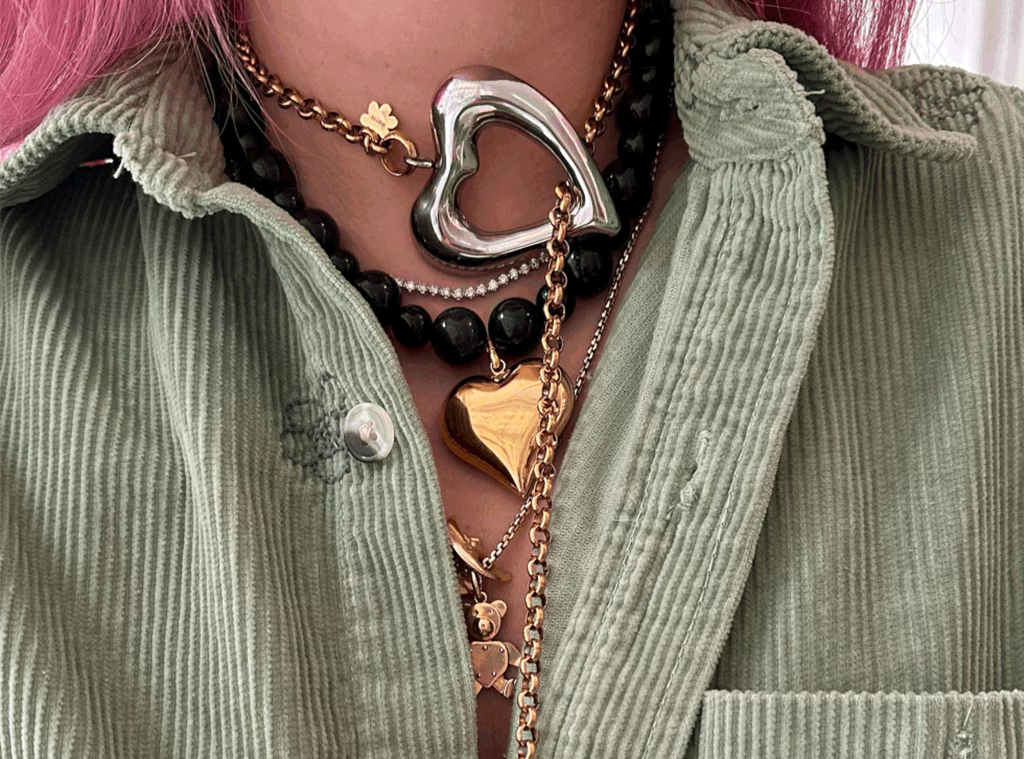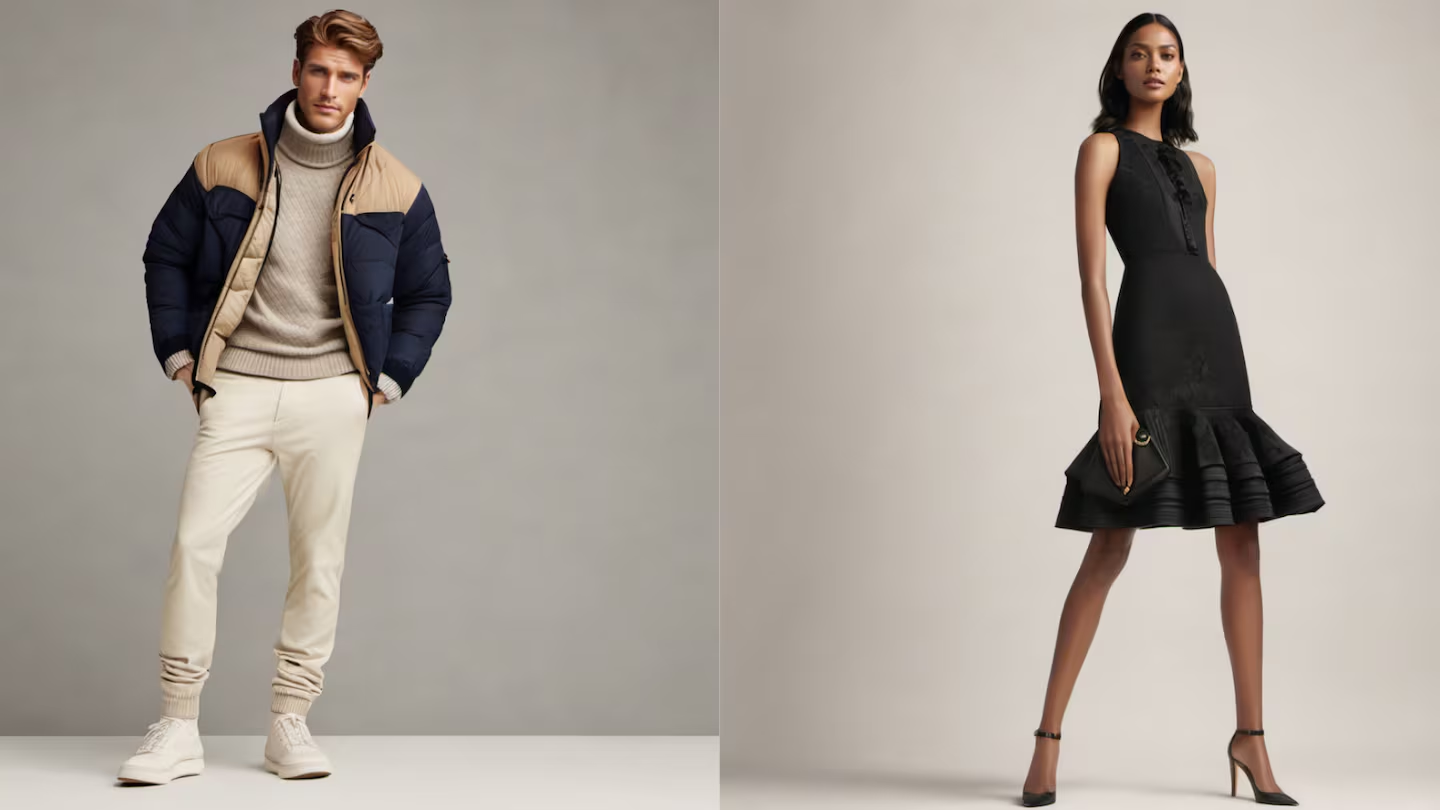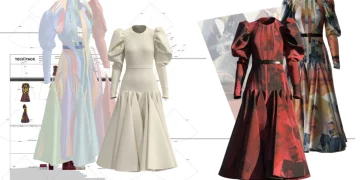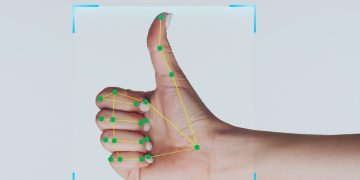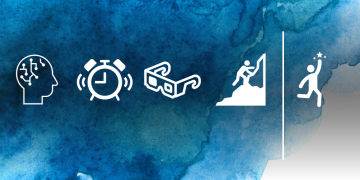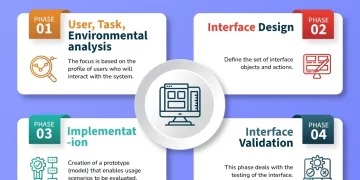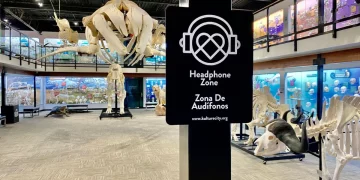In the fast-evolving world of design, there’s one crucial element that too often gets overlooked: customization. With the explosion of digital platforms, tools, and technologies, it’s easy to assume that out-of-the-box solutions are sufficient. However, the real power lies in tailoring designs to meet the specific needs and preferences of the user, client, and brand. Customization is no longer a luxury—it’s a necessity.
This article will explore the multifaceted power of customization in design. We’ll dive into how it shapes user experiences, enhances brand identities, and improves conversion rates. Along the way, we’ll look at how businesses can leverage customization to stay competitive and ensure their designs don’t just stand out but resonate.
What Is Customization in Design?
Before we dive deeper, let’s establish what we mean by customization in design. Simply put, customization refers to the process of modifying a design to meet specific user preferences, brand guidelines, or functional needs. Whether it’s a website, app, product packaging, or logo, customization enables a more personalized experience that feels unique and relevant.
Customization can range from simple aesthetic adjustments (like color schemes and fonts) to more complex ones like personalized content or user-driven design elements.
Why Customization Matters in Today’s Design Landscape
In the digital era, personalization has become paramount. With users expecting unique, tailored experiences, standard templates no longer cut it. Here’s why customization is more important than ever:

1. User Experience (UX) Enhancement
At the core of any successful design is the user experience. And when it comes to UX, one size definitely doesn’t fit all. Customization allows designers to create more intuitive, user-friendly interfaces that anticipate and meet individual needs. It also helps eliminate friction points, making interactions smoother and more enjoyable.
A custom design isn’t just about looks—it’s about functionality. Think of a website that’s tailored to your specific interests or an app that adapts to your usage patterns. Such designs feel more natural and engaging, encouraging users to spend more time interacting with the platform.
2. Building Stronger Brand Identity
Customization is also a powerful tool for establishing and reinforcing your brand identity. Brands like Apple, Nike, and Coca-Cola don’t just sell products—they sell a unique experience, and customization is central to this. From website design to product packaging, every touchpoint is crafted to reflect the brand’s personality and message.
Incorporating consistent brand elements—like colors, typography, and visual styles—into every custom design ensures that users recognize and resonate with your brand. Customization helps create a cohesive narrative, making your brand more memorable and engaging.
3. Increased Conversion Rates
Businesses have long recognized that a more personalized experience can boost conversions. Studies have shown that personalized web content, tailored product recommendations, and customized landing pages lead to higher engagement and increased sales. The reason is simple: when users feel that a platform or product is designed specifically for them, they’re more likely to take action.
Customization doesn’t just apply to visual elements; it extends to functionality. For example, a custom checkout flow that simplifies the buying process or a personalized product page that highlights relevant items can significantly improve conversion rates.
Customization in Web Design
Web design is one of the most obvious and impactful areas where customization shines. While website templates and pre-built themes are useful for quick deployments, they often fail to deliver the nuanced experience that a fully customized design can offer.
1. Personalized Content and Layouts
A custom website design allows you to control the layout and content to suit your target audience. For example, a site tailored for younger users might feature bold colors and dynamic visuals, while a site aimed at professionals might adopt a more minimalist, text-driven approach.
But customization goes beyond just appearance. Personalizing content based on user data (such as location, previous interactions, or preferences) can drastically improve engagement. Consider eCommerce websites that display products based on past purchases or browsing history. This kind of dynamic, user-centric customization enhances the overall shopping experience.
2. Responsive Design
Another key aspect of customization in web design is responsive design. As mobile browsing continues to surpass desktop, having a design that adapts fluidly across different screen sizes is essential. A customized responsive layout ensures that the design maintains functionality and aesthetic appeal, whether on a smartphone, tablet, or desktop.
By tailoring the experience to different devices, you’re not just providing a “mobile-friendly” design—you’re creating a design that’s optimized for each platform, improving user engagement and satisfaction.
3. Accessibility Features
Designing for accessibility is another form of customization that shouldn’t be overlooked. It’s crucial to create designs that are usable by people with various disabilities, and customization can help achieve this. Customizing elements such as font sizes, color contrast, and alternative text for images ensures that your design is inclusive, allowing a wider audience to access and enjoy the content.
Customization in Product and Packaging Design
While digital platforms dominate the conversation about customization, it also plays a significant role in product and packaging design.
1. Tailored Product Features
In industries like technology, automotive, and fashion, customization allows users to personalize products to meet their specific needs. Think of smartphones that let you choose your storage capacity, color, or accessories. Or, in the automotive industry, customers can pick out interior finishes, wheel designs, and even engine specifications.
By offering customizable product features, companies create a sense of ownership and exclusivity for their customers, fostering loyalty and satisfaction.
2. Packaging Design

Custom packaging is another crucial area where design plays a pivotal role. The packaging is the first touchpoint a customer has with your product, and it can make or break the unboxing experience. Custom packaging that aligns with your brand’s identity can heighten anticipation and excitement, especially in industries like cosmetics, luxury goods, or food products.
Tools for Customizing Design
The good news is that there are countless tools available to help designers create customized solutions, even for those with limited technical skills. These include:
1. Design Software
Tools like Adobe Creative Cloud, Figma, and Sketch provide designers with the flexibility to create bespoke designs. These platforms allow full control over every aspect of design—from color palettes and typography to layout and animation.
2. Website Builders
Website builders like WordPress, Webflow, and Wix have become increasingly customizable, offering templates that can be easily adjusted to fit specific design needs. These platforms allow designers and businesses to create unique websites without starting from scratch.
3. E-commerce Platforms
For those in retail or eCommerce, platforms like Shopify and BigCommerce allow for deep customization in both design and functionality. Customizable templates, product pages, and checkout flows can be tailored to deliver a more personalized shopping experience.
The Future of Customization in Design
As artificial intelligence (AI), augmented reality (AR), and virtual reality (VR) technologies continue to evolve, the scope of customization in design will only expand. AI is already being used to offer hyper-personalized experiences, such as content recommendations, user journeys, and even design tweaks based on user behavior.
In the future, expect designs that adapt in real time to user preferences and behaviors, providing an increasingly seamless and personalized experience. Whether through AI-powered design systems or immersive virtual experiences, customization will remain central to user-centered design.
Conclusion
Customization in design is not just a passing trend—it’s the future. In today’s competitive landscape, businesses must offer tailored experiences to stay ahead of the curve. Whether you’re designing a website, a product, or a brand identity, personalization enhances user experience, reinforces branding, and drives conversions.
By embracing customization, you are not only meeting user expectations but also creating lasting impressions and fostering deeper connections with your audience. It’s time to move beyond the generic and step into a world where design is as unique as the people who interact with it.


